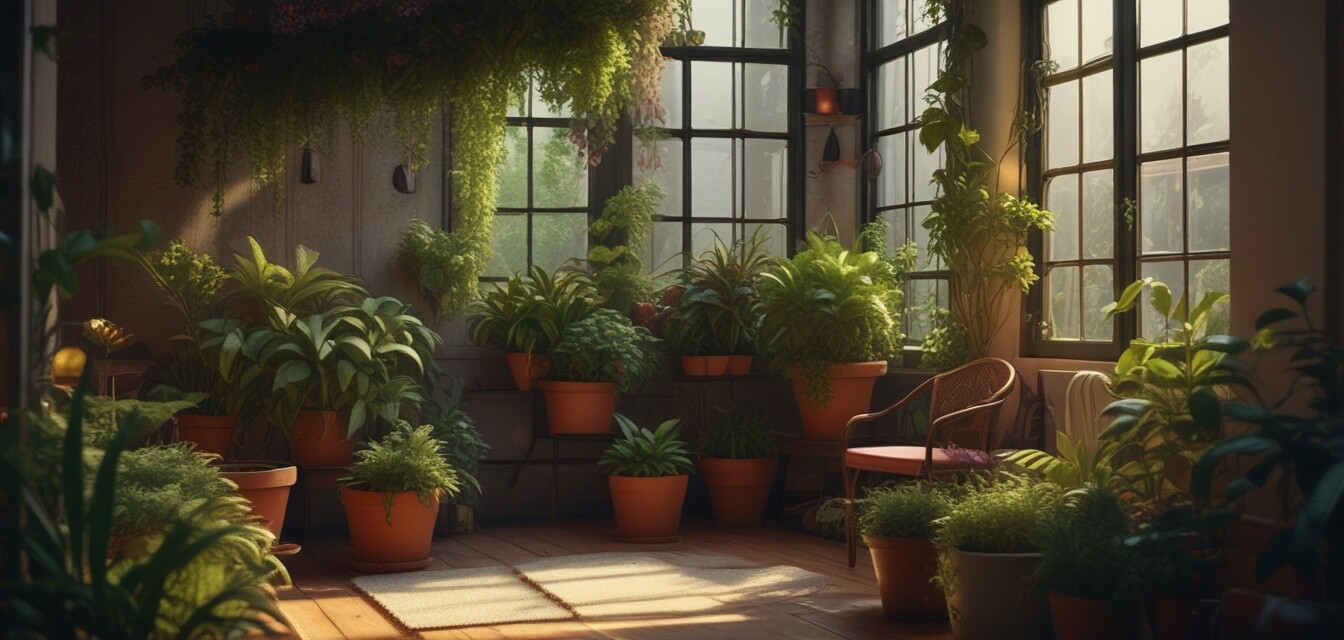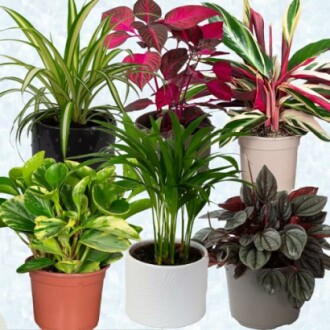
Choosing the Right Lighting for Indoor Plants
Key Takeaways
- Understanding light types is crucial for plant health.
- Different plants require different light levels.
- Using LED lights can boost growth without excessive heat.
- Consider natural light sources when setting up your indoor garden.
Indoor gardening is a rewarding hobby, especially in urban environments where space is limited. Beautiful plants can transform your balcony into a green oasis, but understanding the right lighting is essential for their health and growth. This guide will help you navigate through the different lighting options, ensuring your plants thrive in indoor settings.
Understanding Light Types
When it comes to indoor plants, understanding the types of light available is the first step in choosing the right setup.
| Light Type | Description | Best For |
|---|---|---|
| Natural Light | Light from the sun that enters through windows or open spaces. | Sun-loving plants like succulents and herbs. |
| Fluorescent Light | Artificial light perfect for plants needing less intensity. | Low-light plants like ferns and snake plants. |
| LED Light | Energy-efficient lights that emit specific light wavelengths. | All plant types, especially those in low-light conditions. |
Assessing Your Plant's Light Needs
Different plants have diverse light requirements. Here’s how to match light sources with your plants:
- Identify Your Plants: Understand the light needs of each species.
- Evaluate Your Space: Check how much natural light your balcony receives throughout the day.
- Choose the Right Source: Consider using a combination of natural and artificial lighting to achieve optimal growth.
Light Levels for Common Indoor Plants
| Plant Type | Light Level Required |
|---|---|
| Cacti | High Light |
| Spider Plant | Medium Light |
| Peace Lily | Low Light |
Lighting Solutions for Your Balcony Garden
Providing the right lighting doesn’t have to be complicated. Here are some solutions:
6 x Pet Friendly House Plants
Discover non-toxic plants perfect for your living room! Ideal for pet owners, these vibrant plants are safe for your furry friends.
Learn MoreUsing Grow Lights Effectively
Grow lights are an excellent option for indoor gardening. Here's how to use them effectively:
- Position the lights about 12-24 inches above the plants.
- Use a timer to simulate a natural day-night cycle.
- Change the height as plants grow to ensure they receive adequate light.
Maintaining Light Consistency
It's important to maintain consistent lighting for your plants to flourish:
- Avoid Moving Plants: Try to keep plants in one spot to avoid stress.
- Regular Adjustments: As seasons change, adjust lighting based on plant needs.
- Monitor Plant Health: Check for signs of distress, which may indicate light issues.
Conclusion
Choosing the right lighting for your indoor plants, particularly on your balcony, can greatly enhance their growth and beauty. With the right knowledge and tools, you can create a thriving green space that brightens your living area.
Tips for Success
- Rotate plants regularly to ensure all sides receive equal light exposure.
- Clean leaves to maximize their ability to absorb light.
- Keep track of your plants’ growth and adapt lighting as needed.
6 x Pet Friendly House Plants
These low-maintenance plants are great for indoor decoration without the worry of pet toxicity.
Learn MoreFurther Reading
If you want to dive deeper into balcony gardening, check out these resources:

